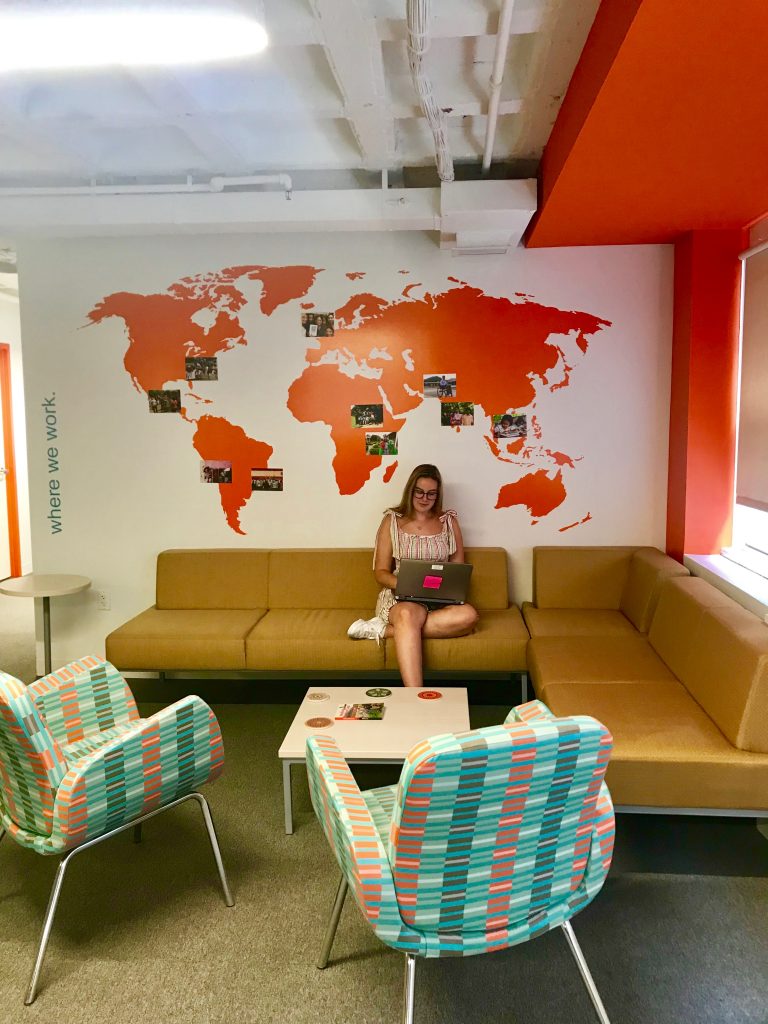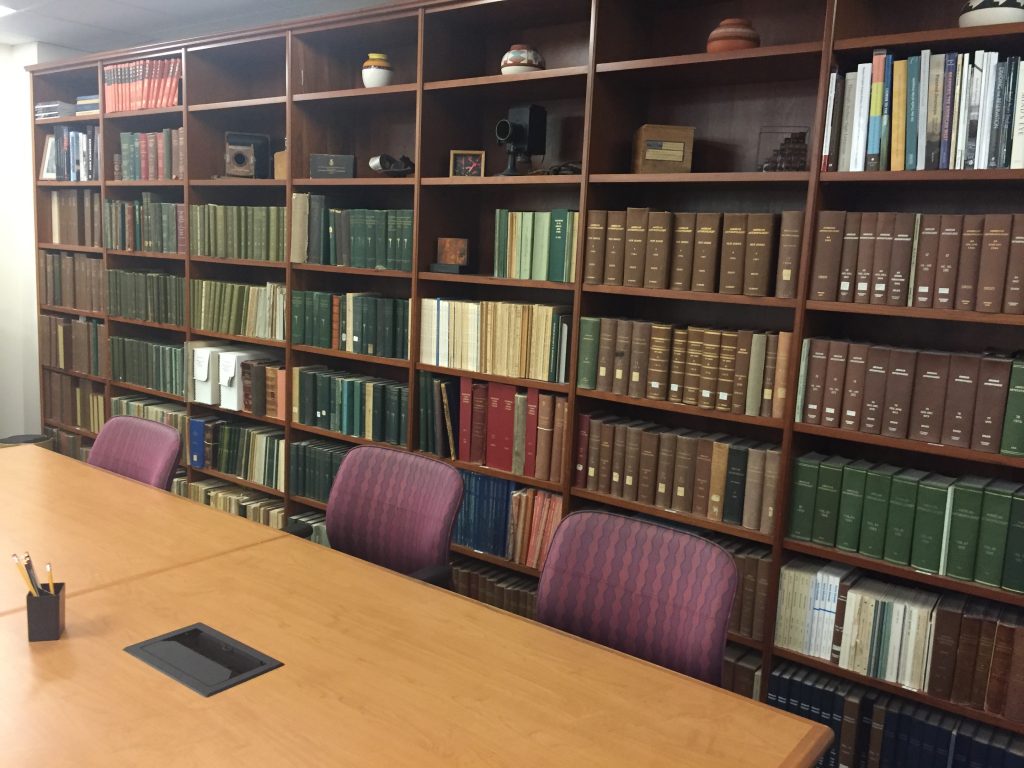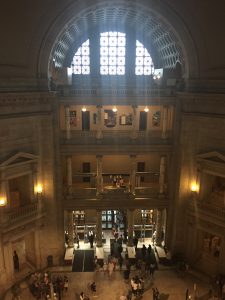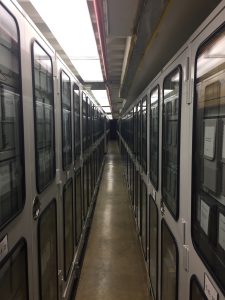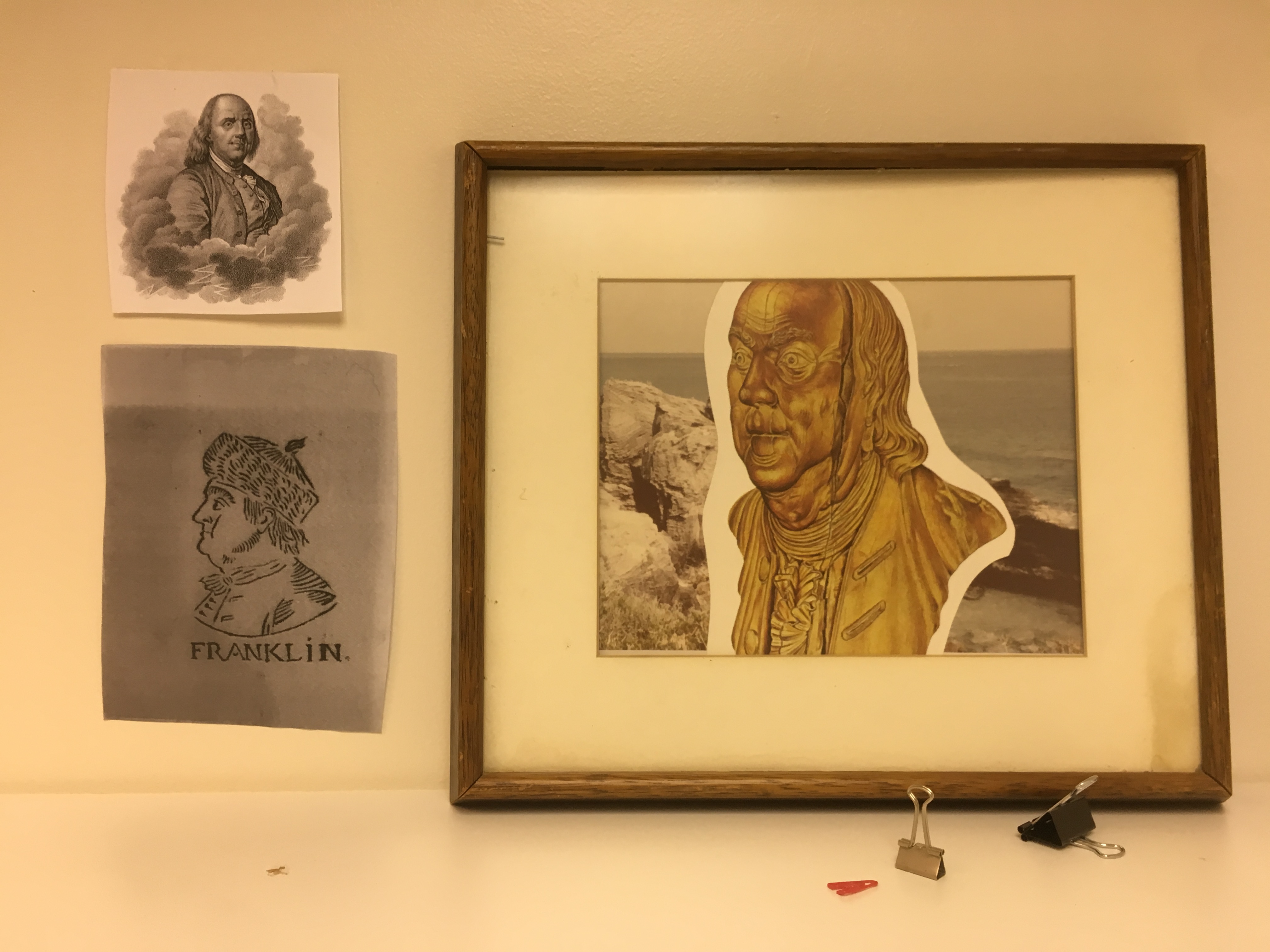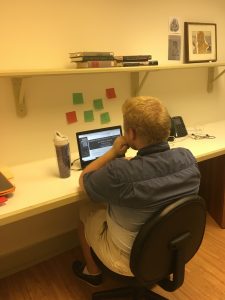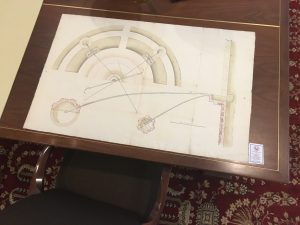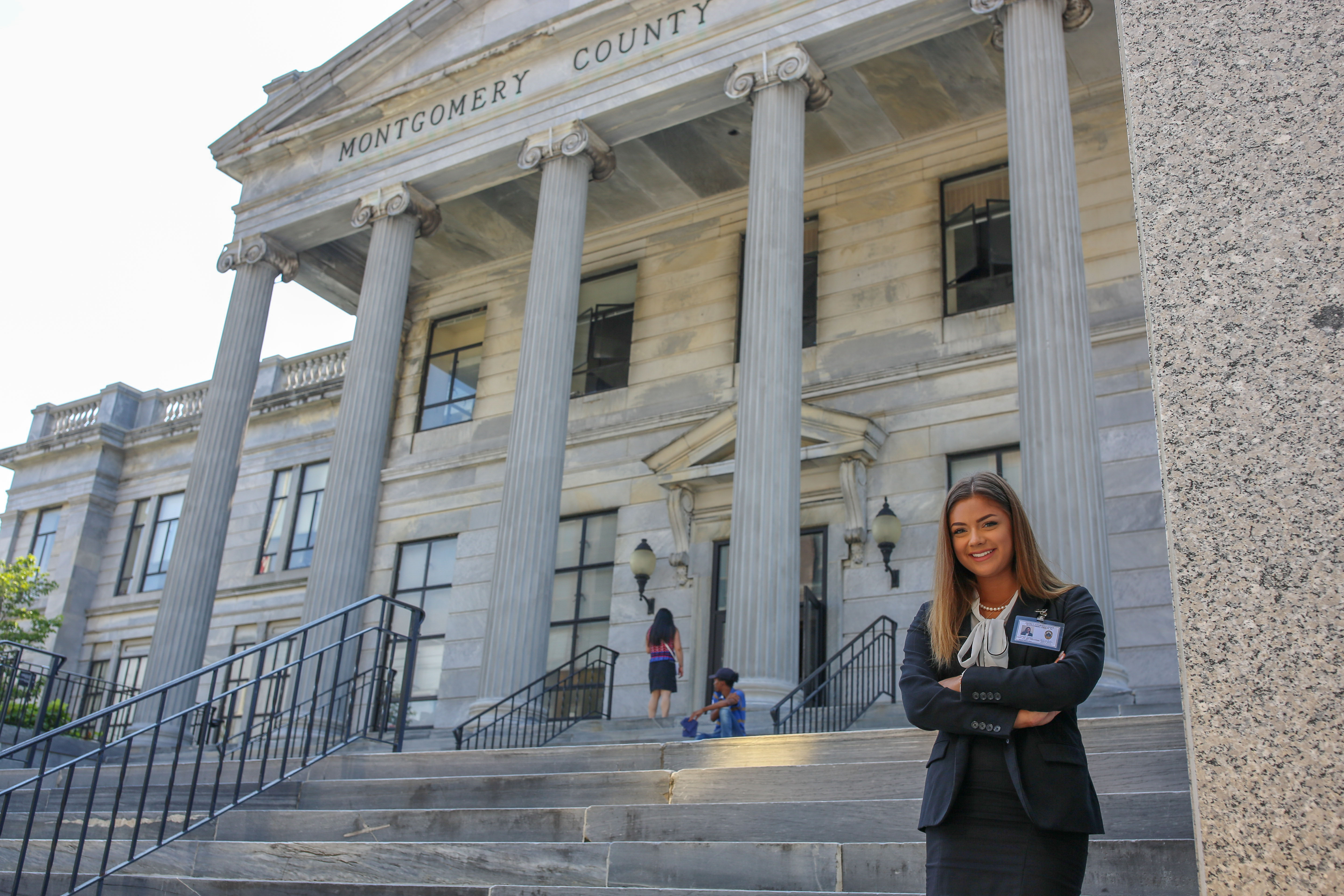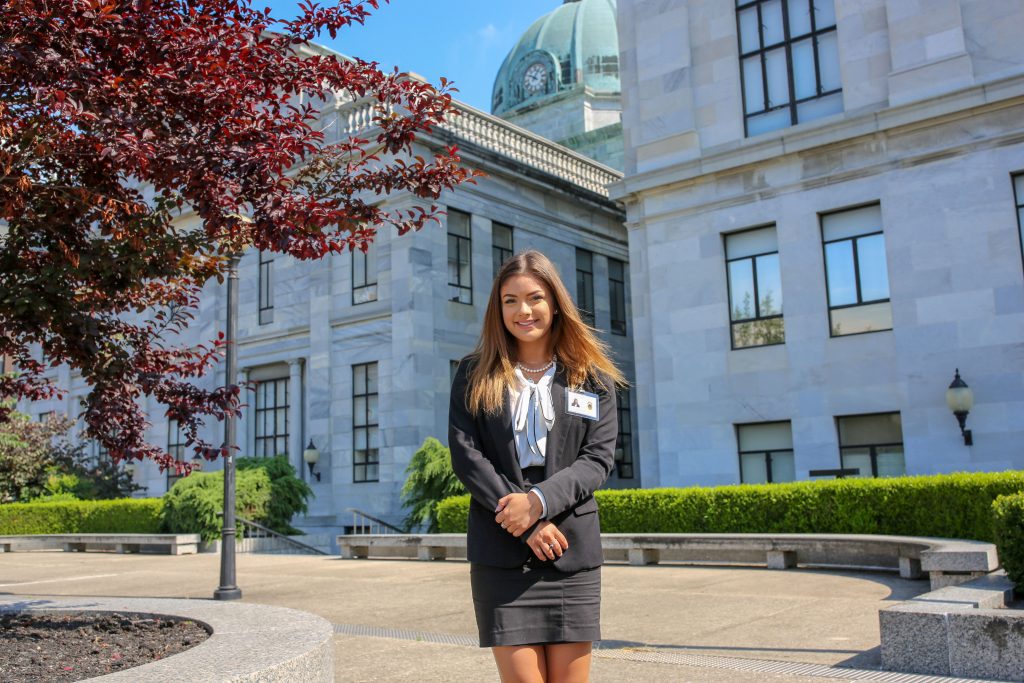Name: Xenia Kibbelaar
Class Year: 2020
Major: History
Hometown: Curaçao
Internship Organization: Historical Society of Pennsylvania
Job Title: Volunteer
Location: Philadelphia
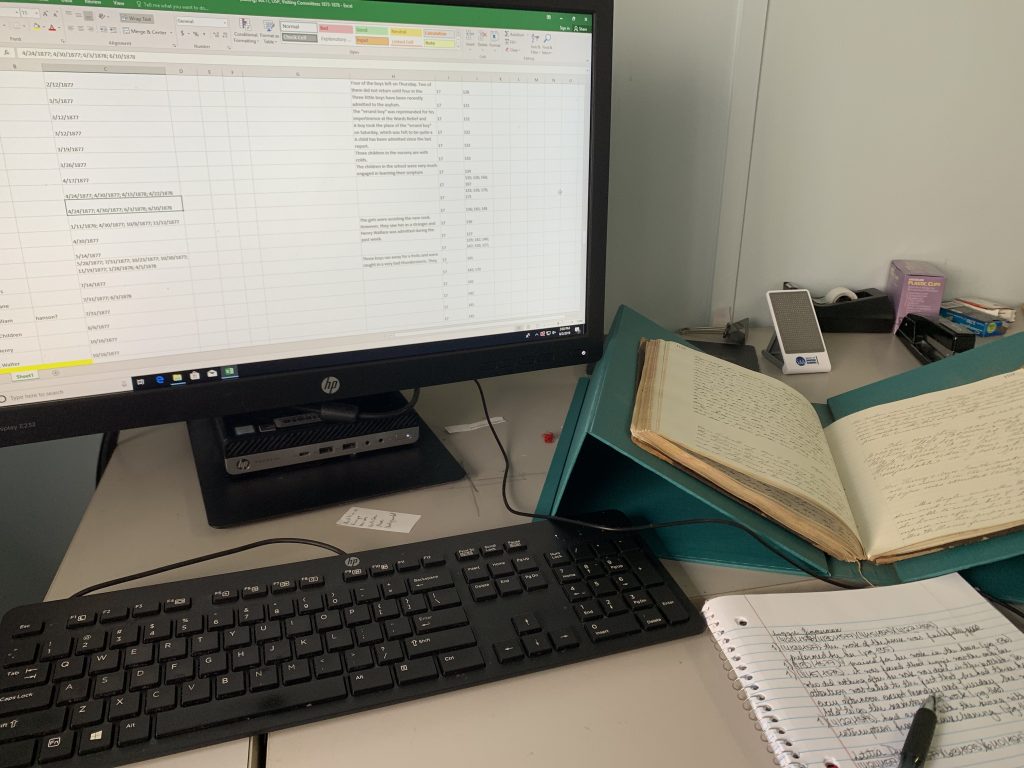
I am a volunteer at the Historical Society of Pennsylvania in Center City, Philadelphia. For the 10 weeks that I am there, I have been working on a database project called the Encounters Database Project. This project consists of transcribing 19th century records and creating electronic versions of such records. The electronic versions will then be accessible online for the public to use. The records that I have been working with are those from am organization called Orphan Aid Society. The Orphan Aid Society was founded in 1814 and lasted until its merging with Elwyn School in 1965. This organization would take care of orphans or those that were fatherless. I worked on various records from 1846 to 1928.
I applied for this internship because I was interested in the Encounters Database project. I also wanted to learn more about archival work. Furthermore, I thought it would be interesting to spend the summer learning a little bit about the history of Pennsylvania, where I have been living for the past three years.
There are many skills that I am using and also learning at the same time. For instance, one of the biggest skills that I’m learning is how to read the handwriting. The handwriting from the 19th century is a lot different from the handwriting of today. So, at times, it can quite difficult to understand what was written. Besides the differences in how the letters are written, some entries can be so faded that they are hard to read. Thus, at times the entries are like a puzzle, you have to figure out what fits together and what doesn’t. Another skill that I’m learning is how to transcribe all the information found into the computer and how to organize all that information in a way that is accessible for people to use. Another skill that is incredibly important is patience. When working with a volume that’s hundreds of pages and covers several years, it is important to know that you will not finish it in days, but rather in weeks. I learned that with the first volume that I worked on that took me two to three weeks to complete. It is also the type of work where with time, you can see the results.
The most rewarding thing about the internship is seeing all the work that I have done. Knowing that I have done something that can help people have access to a small part of history that may have been inaccessible before is very rewarding.

